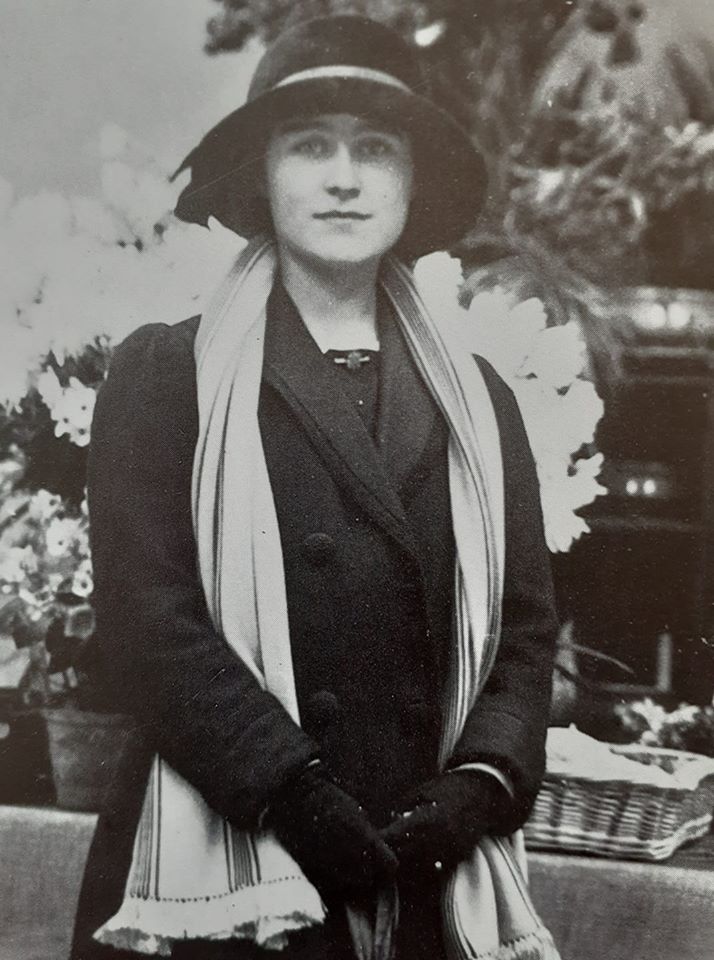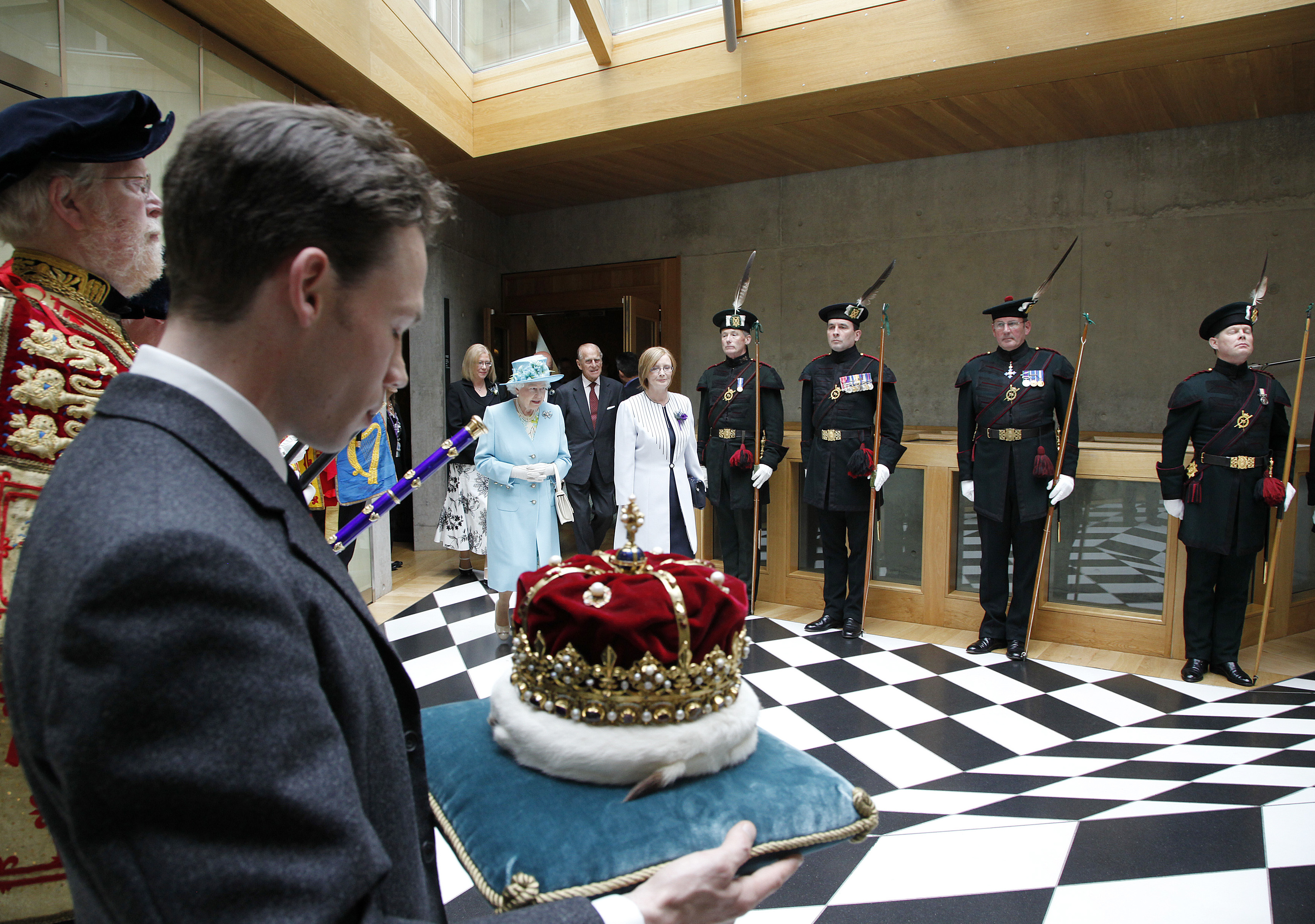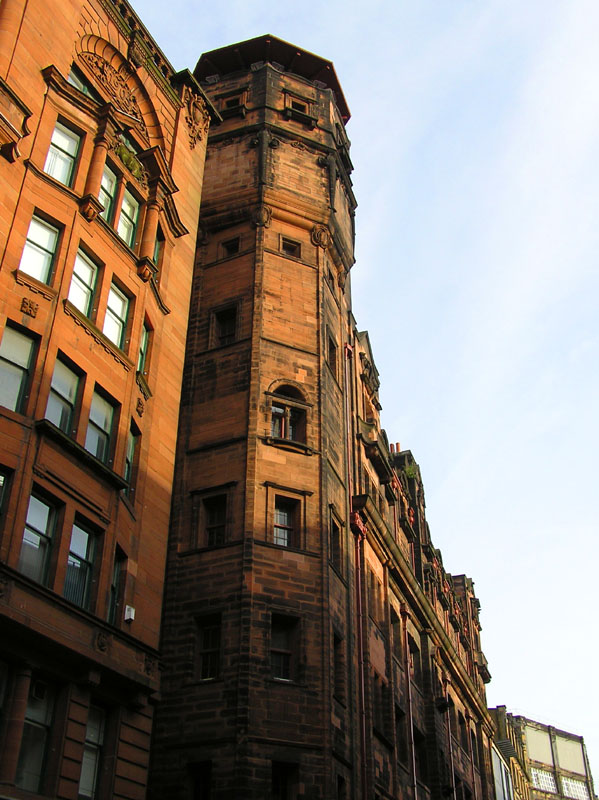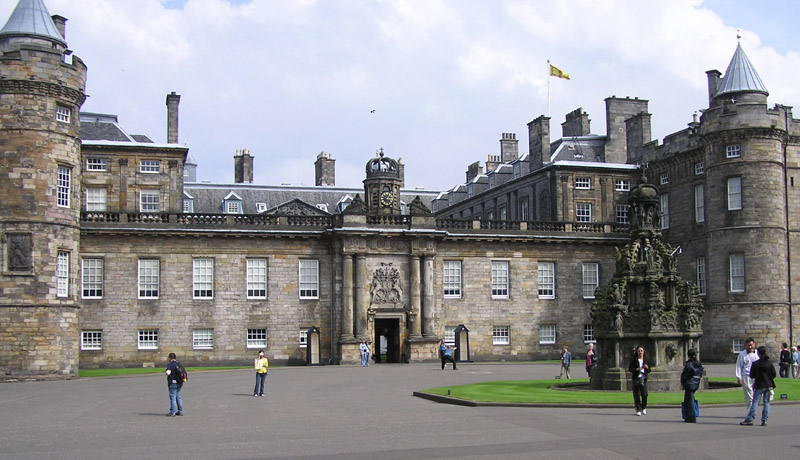|
Lord Lyon
The Right Honourable the Lord Lyon King of Arms, the head of Lyon Court, is the most junior of the Great Officers of State in Scotland and is the Scottish official with responsibility for regulating heraldry in that country, issuing new grants of arms, and serving as the judge of the Court of the Lord Lyon, the oldest heraldic court in the world that is still in daily operation. The historic title of the post was the ''High Sennachie'', and he was given the title of Lord Lyon from the lion in the coat of arms of Scotland. The post was in the early nineteenth century held by an important nobleman, the Earl of Kinnoull, whose functions were in practice carried out by the Lyon-Depute. The practice of appointing Lyon-Deputes, however, ceased in 1866. Responsibilities The Lord Lyon is responsible for overseeing state ceremonial in Scotland, for the granting of new arms to persons or organisations, and for confirming proven pedigrees and claims to existing arms as well as r ... [...More Info...] [...Related Items...] OR: [Wikipedia] [Google] [Baidu] |
Coat Of Arms
A coat of arms is a heraldry, heraldic communication design, visual design on an escutcheon (heraldry), escutcheon (i.e., shield), surcoat, or tabard (the last two being outer garments), originating in Europe. The coat of arms on an escutcheon forms the central element of the full achievement (heraldry), heraldic achievement, which in its whole consists of a shield, supporters, a crest (heraldry), crest, and a motto. A coat of arms is traditionally unique to the armiger (e.g. an individual person, family, state, organization, school or corporation). The term "coat of arms" itself, describing in modern times just the heraldic design, originates from the description of the entire medieval chainmail "surcoat" garment used in combat or preparation for the latter. Roll of arms, Rolls of arms are collections of many coats of arms, and since the early Modern Age centuries, they have been a source of information for public showing and tracing the membership of a nobility, noble family, a ... [...More Info...] [...Related Items...] OR: [Wikipedia] [Google] [Baidu] |
Garter Principal King Of Arms
Garter Principal King of Arms (also Garter King of Arms or simply Garter) is the senior king of arms and officer of arms of the College of Arms, the heraldic authority with jurisdiction over England, Wales and Northern Ireland. The position has existed since 1415. Garter is responsible to the Earl Marshal for the running of the college. He is the principal adviser to the British monarch, sovereign of the United Kingdom with respect to ceremonial and heraldry, with specific responsibility for England, Wales and Northern Ireland, and, with the exception of Canada, for Commonwealth realms of which Charles III is the sovereign. He also serves as the king of arms of the Order of the Garter and his seal and signature appear on all grants of arms made by the college. On the death of the British monarch it is Garter's duty to proclaim the new monarch. Initially, the Accession Council meets at St James's Palace in central London to declare the new monarch from the deceased monarch's line ... [...More Info...] [...Related Items...] OR: [Wikipedia] [Google] [Baidu] |
David Lindsay Lord Lyon
David (; , "beloved one") was a king of ancient Israel and Judah and the third king of the United Monarchy, according to the Hebrew Bible and Old Testament. The Tel Dan stele, an Aramaic-inscribed stone erected by a king of Aram-Damascus in the late 9th/early 8th centuries BCE to commemorate a victory over two enemy kings, contains the phrase (), which is translated as " House of David" by most scholars. The Mesha Stele, erected by King Mesha of Moab in the 9th century BCE, may also refer to the "House of David", although this is disputed. According to Jewish works such as the ''Seder Olam Rabbah'', '' Seder Olam Zutta'', and ''Sefer ha-Qabbalah'' (all written over a thousand years later), David ascended the throne as the king of Judah in 885 BCE. Apart from this, all that is known of David comes from biblical literature, the historicity of which has been extensively challenged,Writing and Rewriting the Story of Solomon in Ancient Israel; by Isaac Kalimi; page 32; Cam ... [...More Info...] [...Related Items...] OR: [Wikipedia] [Google] [Baidu] |
Queen Elizabeth The Queen Mother
Elizabeth Angela Marguerite Bowes-Lyon (4 August 1900 – 30 March 2002) was Queen of the United Kingdom and the Dominions of the British Commonwealth from 11 December 1936 to 6 February 1952 as the wife of King George VI. She was also the last Empress of India from 1936 until the British Raj was dissolved on 15 August 1947. After her husband died, she was officially known as Queen Elizabeth The Queen Mother to avoid confusion with her daughter Queen Elizabeth II. Born into a family of British nobility, Elizabeth came to prominence in 1923 when she married Prince Albert, Duke of York, the second son of King George V and Queen Mary. The couple and their daughters, Elizabeth and Margaret, embodied traditional ideas of family and public service. The Duchess undertook a variety of public engagements and became known for her consistently cheerful countenance. In 1936, Elizabeth's husband unexpectedly ascended the throne as George VI when his older brother, ... [...More Info...] [...Related Items...] OR: [Wikipedia] [Google] [Baidu] |
Honours Of Scotland
The Honours of Scotland (, ), informally known as the Scottish Crown Jewels, are the regalia that were worn by List of Scottish monarchs, Scottish monarchs at their Coronation_of_the_British_monarch#Scottish_coronations, coronation. Kept in the Crown Room in Edinburgh Castle, they date from the 15th and 16th centuries, and are the oldest surviving set of crown jewels in the British Isles. The Honours were used together for the coronation of Scottish monarchs from Mary, Queen of Scots in 1543 until Charles II of England, Charles II in 1651. From the Union of the Crowns in 1603 until the Treaty of Union, Union of 1707, the Honours were present at sittings of the Parliament of Scotland to signify the presence of the monarch and their acceptance of the power of Parliament. From at least the 16th century the monarch (or the Lord High Commissioner to the Parliament of Scotland, Lord High Commissioner) signified the granting of Royal Assent by their touching the final printed copy of a ... [...More Info...] [...Related Items...] OR: [Wikipedia] [Google] [Baidu] |
The Herald (Glasgow)
''The Herald'' is a Scottish broadsheet newspaper founded in 1783. ''The Herald'' is the longest running national newspaper in the world and is the eighth oldest daily paper in the world. The title was simplified from ''The Glasgow Herald'' in 1992. Following the closure of the '' Sunday Herald'', the ''Herald on Sunday'' was launched as a Sunday edition on 9 September 2018. History Founding The newspaper was founded by an Edinburgh-born printer called John Mennons in January 1783 as a weekly publication called the ''Glasgow Advertiser''. Mennons' first edition had a global scoop: news of the treaties of Versailles reached Mennons via the Lord Provost of Glasgow just as he was putting the paper together. War had ended with the American colonies, he revealed. ''The Herald'', therefore, is as old as the United States of America, give or take an hour or two. The story was, however, only carried on the back page. Mennons, using the larger of two fonts available to him, put it in t ... [...More Info...] [...Related Items...] OR: [Wikipedia] [Google] [Baidu] |
Battle Of Culloden
The Battle of Culloden took place on 16 April 1746, near Inverness in the Scottish Highlands. A Jacobite army under Charles Edward Stuart was decisively defeated by a British government force commanded by the Duke of Cumberland, thereby ending the Jacobite rising of 1745. Charles landed in Scotland in July 1745, seeking to restore his father James Francis Edward Stuart to the British throne. He quickly won control of large parts of Scotland, and an invasion of England reached as far south as Derby before being forced to turn back. However, by April 1746, the Jacobites were short of supplies, facing a superior and better equipped opponent. Charles and his senior officers decided their only option was to stand and fight. When the two armies met at Culloden, the battle was brief, lasting less than an hour, with the Jacobites suffering an overwhelming and bloody defeat. This effectively ended both the 1745 rising, and Jacobitism as a significant element in British politics. Ba ... [...More Info...] [...Related Items...] OR: [Wikipedia] [Google] [Baidu] |
Livery Collar
A livery collar or chain of office is a collar (jewelry), collar or heavy Link chain, chain, usually of gold, worn as insignia of office or a mark of fealty or other association in Europe from the Middle Ages onwards. One of the oldest and best-known livery collars is the #Collar of Esses, Collar of Esses, which has been in continuous use in England since the 14th century. History Origins Various forms of livery were used in the Middle Ages to denote attachment to a great person by friends, servants, and political supporters. The collar, usually of precious metal, was the grandest form of these, usually given by the person the livery denoted to his closest or most important associates, but should not, in the early period, be seen as separate from the wider phenomenon of livery badges, clothes and other forms. From the collar hung a heraldic badge, badge or device indicating the person the livery related to; the most important part of the ensemble for contemporaries. Equally gold ... [...More Info...] [...Related Items...] OR: [Wikipedia] [Google] [Baidu] |
Royal Banner Of Scotland
The Royal Banner of the Royal Arms of Scotland, also known as the Royal Banner of Scotland, or more commonly the Lion Rampant of Scotland, and historically as the Royal Standard of Scotland, (, ) or Banner of the King of Scots, is the royal banner of Scotland, and historically, the royal standard of the Kingdom of Scotland. Used historically by the Scottish monarchs, the banner differs from Scotland's national flag, the Saltire, in that its official use is restricted by an Act of the Parliament of Scotland to only a few Great Officers of State who officially represent the Monarchy in Scotland. pointing at thLyon King of Arms Act 1672, c. 47and thLyon King of Arms Act 1867, 30 & 31 Vict. c. 17/ref> It is also used in an official capacity at royal residences in Scotland when the Head of State is not present. The earliest recorded use of the Lion Rampant as a royal emblem in Scotland was by Alexander II in 1222; with the additional embellishment of a double border set with ... [...More Info...] [...Related Items...] OR: [Wikipedia] [Google] [Baidu] |
Old Town Hall, Leith
The Old Town Hall is a municipal building in Queen Charlotte Street, Leith, Scotland. The old town hall, which was the meeting place of Leith Burgh Council, is now used as a police station. It is a Category A listed building. History The current building replaced a 16th-century tolbooth in Tolbooth Wynd which had become dilapidated and, despite objections from the author, Sir Walter Scott, and the antiquary, Charles Kirkpatrick Sharpe, was demolished in 1824. After significant industrial growth, particularly associated with the shipbuilding and repair facilities in the town, the Leith Police Act 1827 ( 7 & 8 Geo. 4. c. cxii), which provided for the "Municipal Government of the Town and Suburbs of the Town of Leith", was enacted in 1827. In this context, civic leaders decided to procure a new town hall: the site selected was on the corner of Queen Charlotte Street and Constitution Street, the latter being the main thoroughfare to Leith Docks. The foundation stone for the new bu ... [...More Info...] [...Related Items...] OR: [Wikipedia] [Google] [Baidu] |
Civil Law (common Law)
Civil law is a major "branch of the law", in common law legal systems such as those in England and Wales and in the United States, where it stands in contrast to criminal law. Glanville Williams. '' Learning the Law''. Eleventh Edition. Stevens. 1982. p. 2.W J Stewart and Robert Burgess. ''Collins Dictionary of Law''. HarperCollins Publishers. 1996. . Page 68. Definition 4 of "civil law". Private law, which relates to civil wrongs and quasi-contracts, is part of civil law, as is contract law and law of property (excluding property-related crimes, such as theft or vandalism). Civil law may, like criminal law, be divided into substantive law and procedural law. The rights and duties of persons ( natural persons and legal persons) amongst themselves is the primary concern of civil law. The common law is today as fertile a source for theoretical inquiry as it has ever been. Around the English-speaking world, many scholars of law, philosophy, politics, and history study the t ... [...More Info...] [...Related Items...] OR: [Wikipedia] [Google] [Baidu] |







